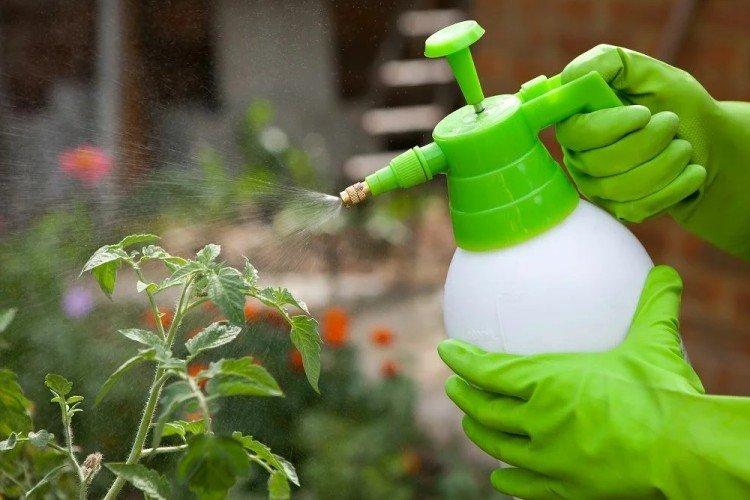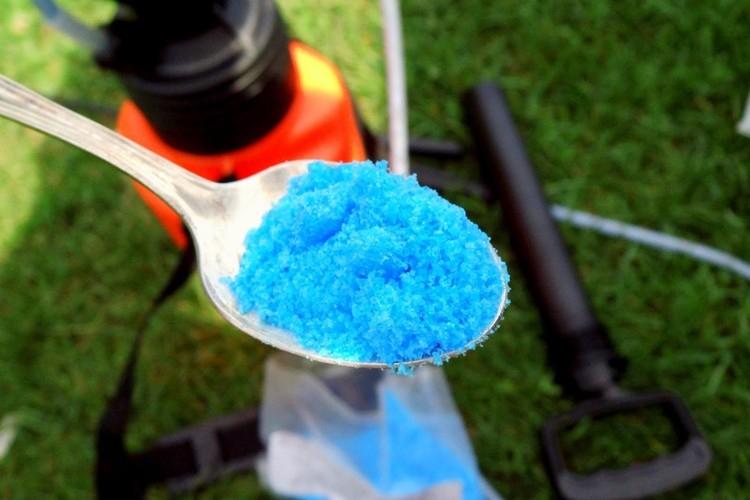
All garden plants are susceptible to fungal diseases, so the main thing here is to notice the problem in time and stop its spread. One of the best remedies is still copper sulfate. But this is far from its only application on the site. And now we will tell you more about it!
Copper sulfate from fungus
Garden treatment with copper sulfate is an effective and multifunctional disinfection. It equally effectively destroys both active bacteria and microorganisms, and those that have wintered in the bark. At the same time, it is a good prevention against future fungal infections.
A 1% or 3% mixture is used - this is 100 g or 300 g per bucket, respectively. A weak mixture is more prophylactic, and a strong one is curative. It has an interesting feature: the lower the concentration, the brighter and darker the color of the solution. Not the other way around!
It is possible to knead vitriol only in glass or enamel containers. Iron is categorically unsuitable, because due to a chemical reaction, the agent loses its effectiveness. To dissolve the crystals better, take warm water, but not boiling water. Freshly prepared liquid is used immediately because it cannot be stored for more than 10 hours.
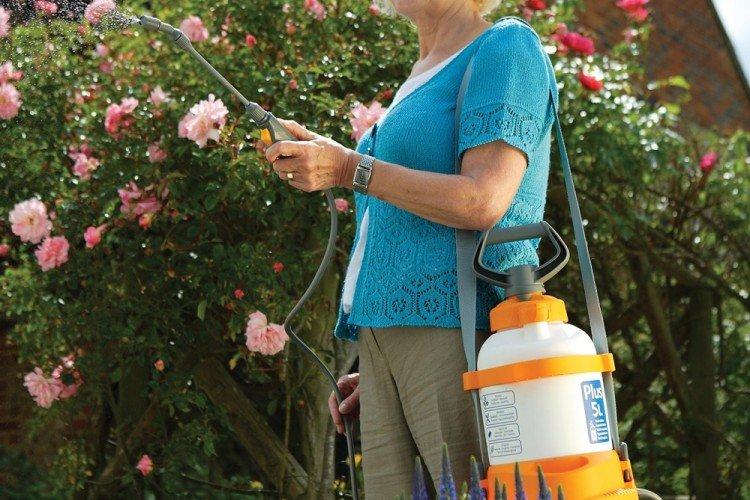
It is important not to increase the concentration of the copper sulfate solution, because otherwise it can cause severe chemical burns to the plant. For the same reason, you cannot use it on too hot sunny days, if the temperature is above 27-30 degrees.
Copper sulfate is a contact fungicide that remains only on the surface and does not accumulate inside. But all the same, it cannot be used during the formation and ripening of fruits. Processing should be carried out in early spring or after harvest and leaf fall.
Choose a calm, dry day, because the drug takes effect only after a couple of hours. The optimum temperature is 15-25 degrees. If it rains shortly after the treatment, it will wash off the product, but for a second procedure, still wait 1-2 weeks to avoid excess copper in the soil.
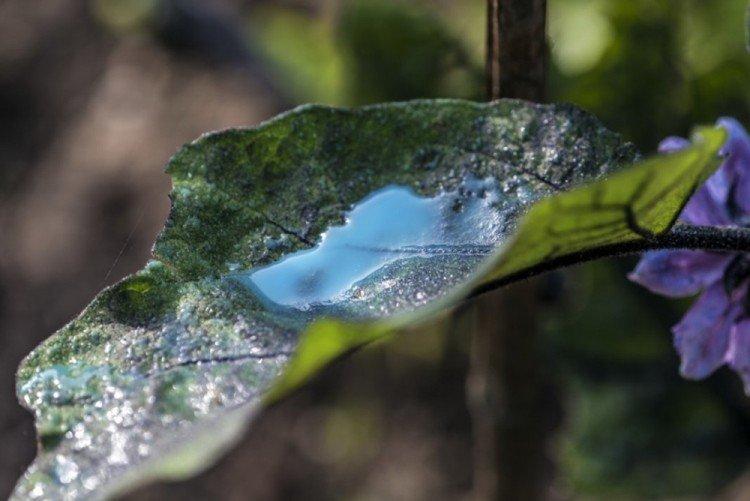
Bordeaux mixture
Bordeaux mixture is one of the most effective and common drugs for fighting fungus. It comes in packs, but you can make it yourself. The main components are copper sulfate and lime, the reaction of which only enhances the bactericidal and antiseptic properties.
For 1% of the drug, the proportion is 100 g to 150 g per bucket, and for 3%, just triple the dosage. In order for the reaction to proceed correctly, first dilute the vitriol in a liter of hot water, and only then with a share of another 4 liters. In the other 5 liters, stir the lime and gently gradually pour the vitriol into it.
Strain the liquid through cheesecloth, pour into a sprayer and immediately use it in business. To keep the liquid on the surface longer, pour another 10 g of sugar into the bucket. Before processing, be sure to cut off all damaged and dry parts of the plant, remove fallen leaves and burn them.
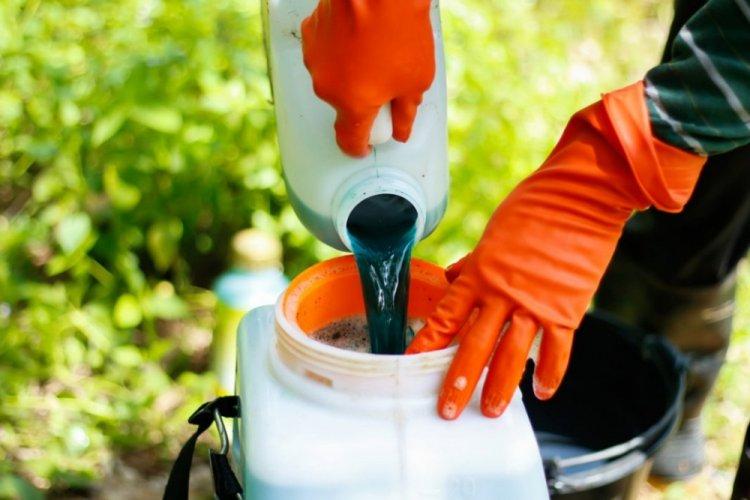
Copper sulfate from plant diseases
Viticulture is indispensable for the prevention of mildew and odium. These are the most dangerous diseases that can destroy the entire vine. Autumn processing protects the plant in the next season, preventing dangerous microorganisms from penetrating deep into the stems and leaves.
Fresh sections, wounds and hollows can also be treated with a weak concentrate. For bushy plants, take a 0.5% solution, and for adult fruit trees - 1%. A little vitriol granules are dissolved in whitewash for coloring the trunks.
On apple, pear and other fruit trees, copper sulfate fights almost all the main problems: scab, moniliosis, phyllostictosis. It is used to treat rust and mottling of roses, to combat curly peaches, to prevent septoria and berry anthracnose. It is needed to increase the immunity of cherries, cherries and other stone fruits.
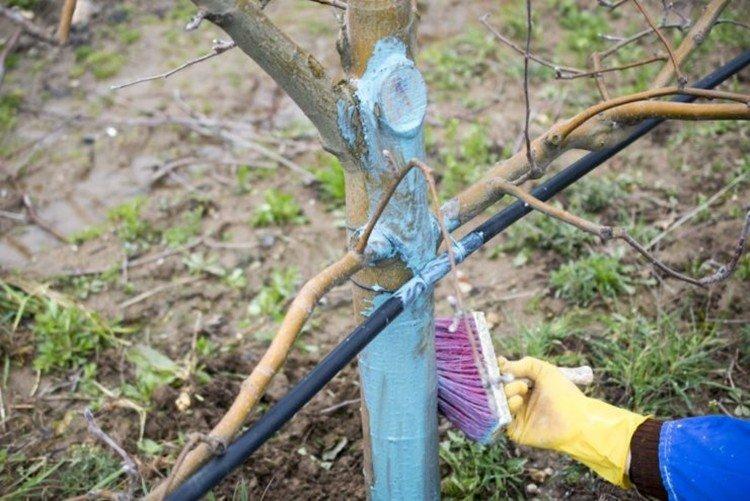
Copper sulfate from pests
A solution of copper sulfate is effective against most insects and parasites. It destroys not only adults, but also clutches with larvae, therefore it is suitable for spring processing. At this time, it will be possible to get rid of all overwintered pests and at the same time carry out prevention for the future.
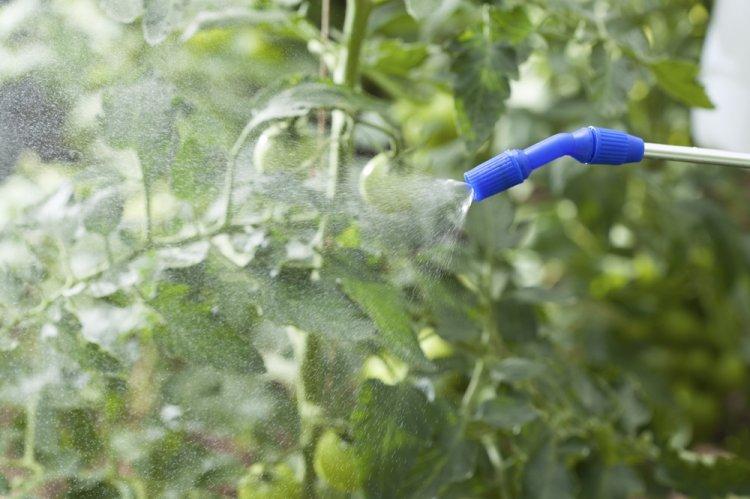
The use of copper sulfate in greenhouses
In greenhouses and hotbeds, copper sulfate is used in extreme cases for radical disinfection. Firstly, in a limited area, its excessive accumulation is possible, and this is harmful to plants. Secondly, it can lead to acidification of the soil, which also adversely affects the well-being of the seedlings.
But the solution is used as an antiseptic during the construction of a greenhouse for impregnating materials. Pointwise it is used to combat gray rot - for this, mix 0.5 tablespoons of crushed powder with 1 tablespoon of ash and sprinkle the damaged areas with the resulting mixture.
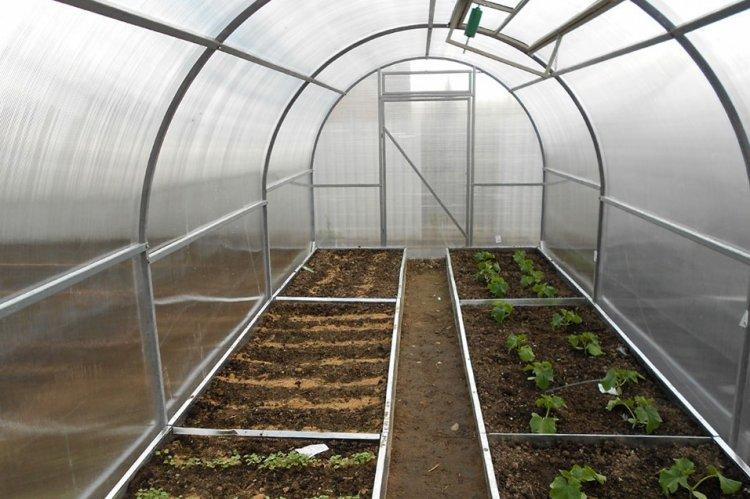
Copper sulfate feeding
In gardening, medicinal preparations and micronutrient fertilizers with copper sulfate are common. It participates in the restoration of oxidative and regenerative processes, in carbon and nitrogen metabolism, and strengthens the immune system in general. The minimum concentration is needed - up to 0.2-0.3%.
When feeding garden and garden beds, copper increases the sugar content in fruits, berries and roots, starch in potatoes, fats and protein in oilseeds. Fertilizers with copper sulfate increase yields and improve fruit quality.
Potatoes and tomatoes are watered in summer with a weak solution to prevent late blight or copper starvation. Immediately at the first signs of a problem in the fields of the beds with a 0.2% solution of 2-3 liters per square. If the situation does not improve, repeat the procedure after 2-4 weeks.
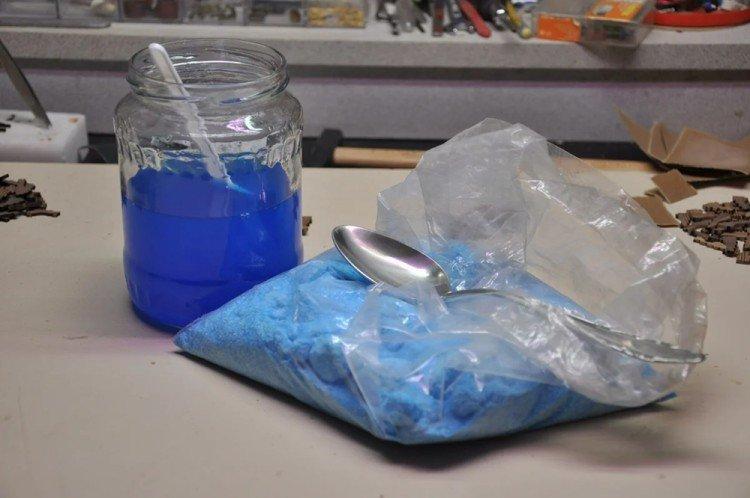
Copper sulfate for seed treatment
Seed dressing is the prevention of various hereditary diseases and the consequences of improper storage. When in doubt about the quality of the seed, soak it in an antiseptic solution for 15 minutes, and then rinse it with water. Add 1 g of copper sulfate, 2 g of boric acid and 10 g of potassium permanganate to a bucket of water.
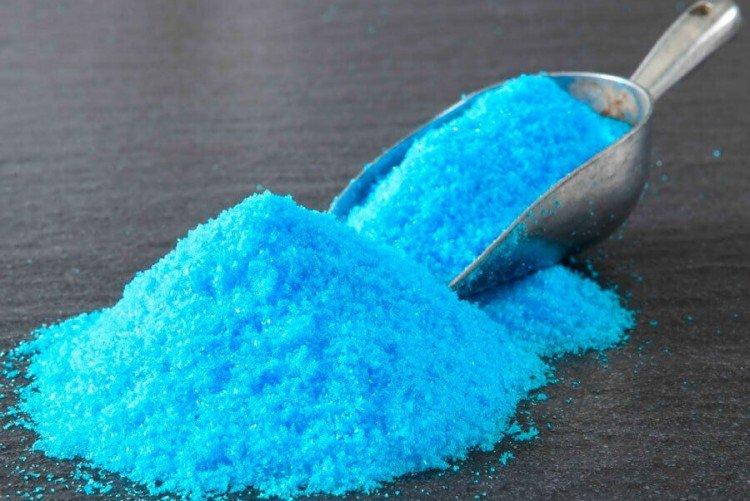
Copper sulfate when planting seedlings
When planting seedlings, their roots are dipped in a weak 1% solution for 2-3 minutes and then washed well from a hose. If there is no running water, rinse them three times in a bucket for 3-5 minutes, changing the water completely each time. Before planting, potato tubers are sprayed with a 0.2% solution to prevent late blight.
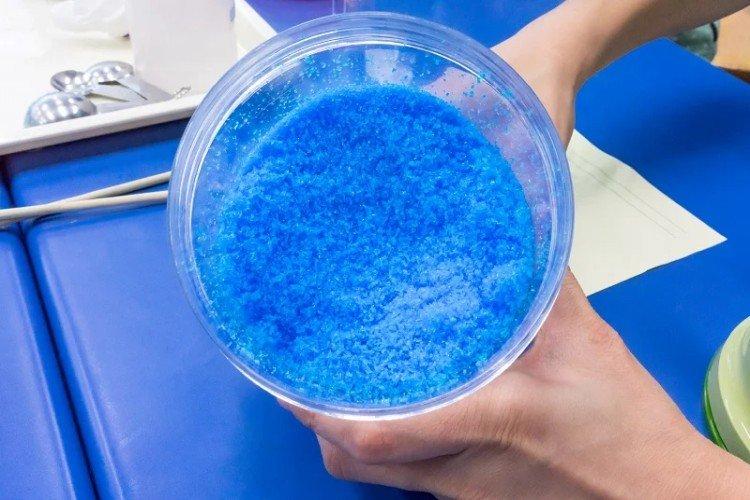
Security measures
Copper sulfate is a rather aggressive substance, so be sure to work in defense. Use gloves, try and do not let the drug get on the skin or even more so in the eyes. If this happens, rinse immediately with plenty of water and, if necessary, consult a doctor.
Copper sulfate is quite toxic, so it is not used in large areas. It is recommended to use it pointwise or for a small landing. For a local area or a garden at a summer cottage, it is quite suitable.
